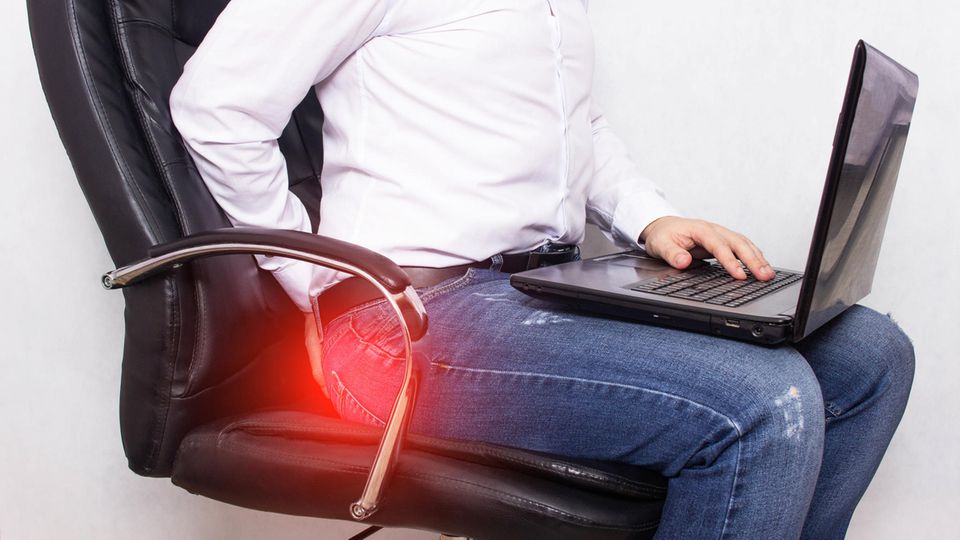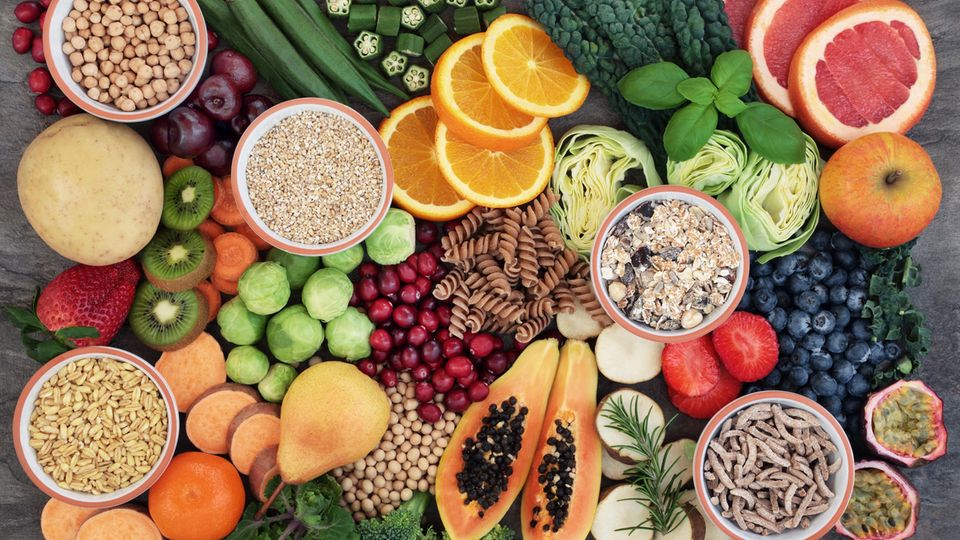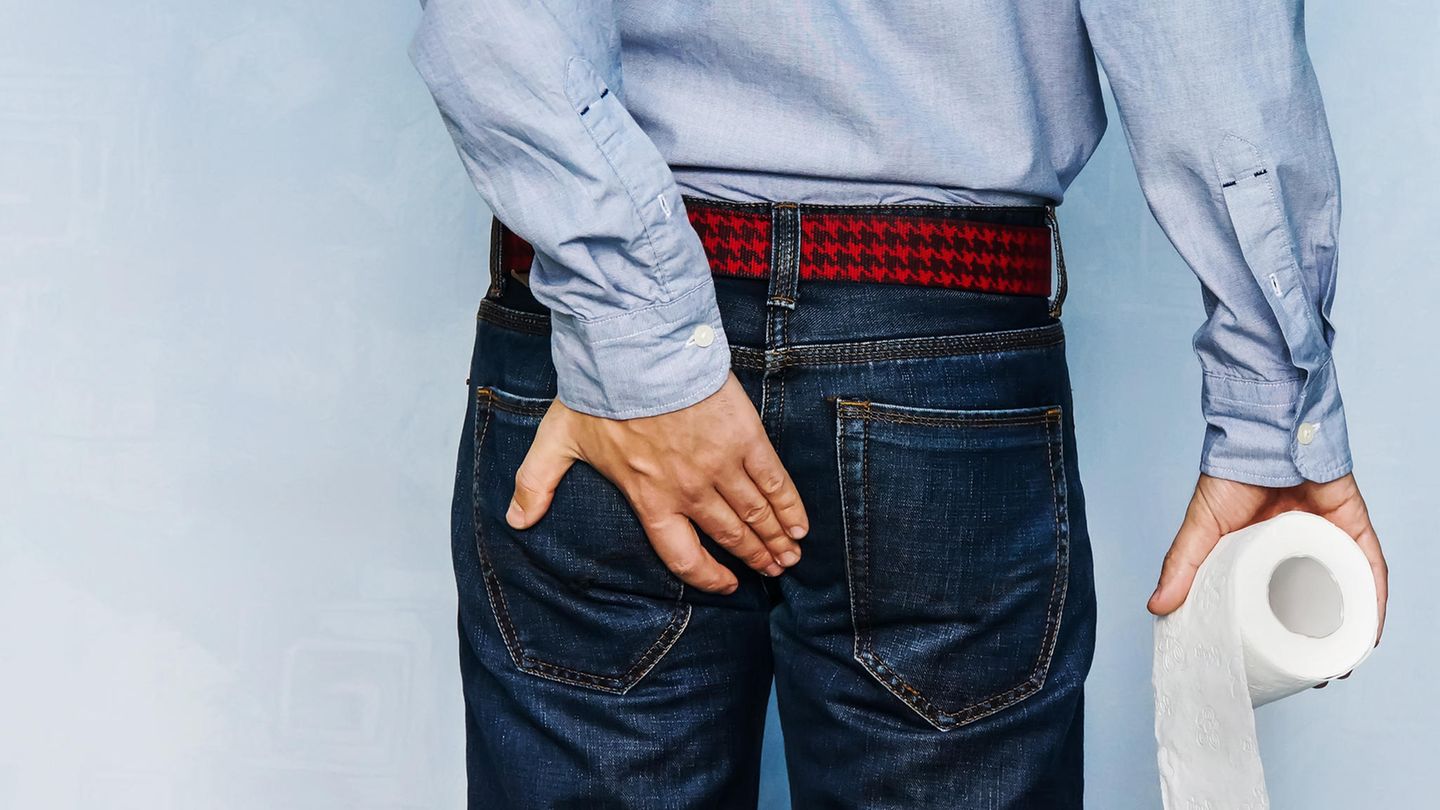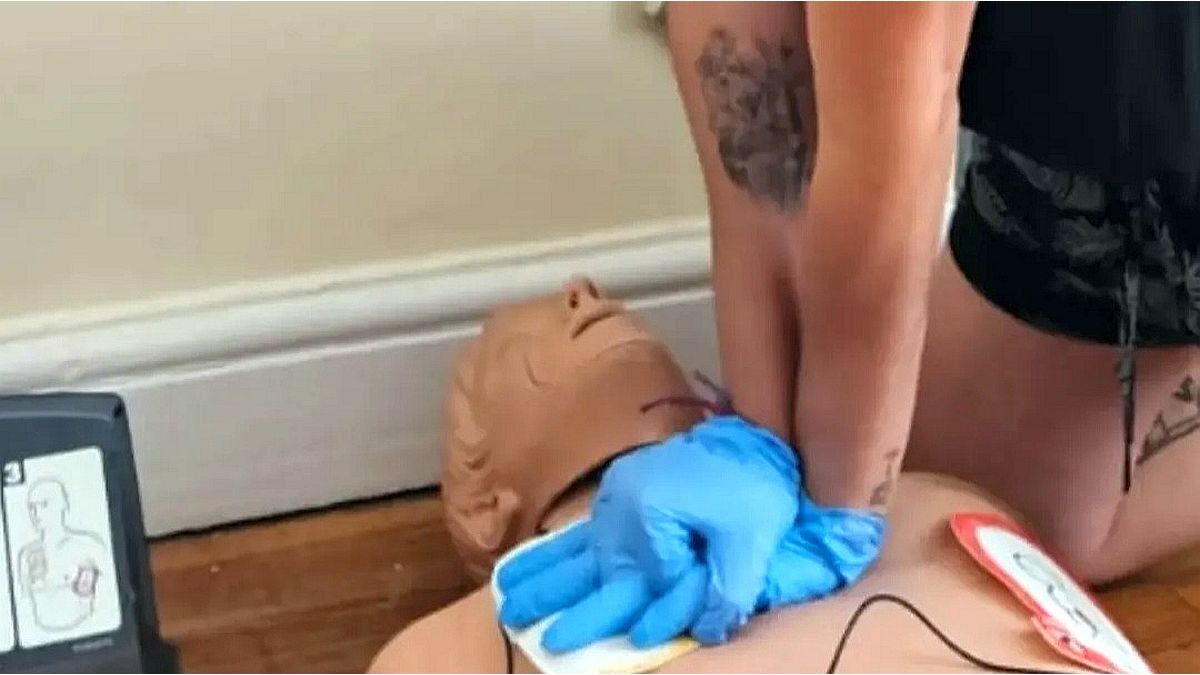Hemorrhoids are a precarious subject that no one wants to discuss. What many people don’t know is that everyone has them. It only becomes uncomfortable when the so-called vascular cushions swell. star asked a doctor about it.
Despite all misconceptions, hemorrhoids are not a disease – quite the opposite, because they have an important function: the soft, well-perfused pads are located on the inside of the anal canal and serve to seal the canal. But what does that mean exactly? “While the anal sphincter only holds back the bowel movement, the hemorrhoids are responsible for holding back liquids and gases,” explains Dr. Marcus Plonsker from the . If the vascular pads are swollen, the seal can be disturbed and lead to physical discomfort. Typical symptoms include an itchy or weeping anus. This can cause the anal skin to become inflamed, causing a burning sensation when defecating. It becomes even more painful when the hemorrhoids become very large, protrude and rupture. “Bleeding is the result,” adds the proctologist. At this point, at the latest, those affected ask themselves how they can treat the symptoms quickly and effectively – and when they should see a doctor. Marcus Plonsker has some advice here too.
How many people suffer from hemorrhoids?
According to estimates, every second adult suffers from hemorrhoids at least once in their life. Unfortunately, there are no statistics to prove this. However, this does not apply to the gender distribution: a study was carried out on the basis of patients who consulted a doctor, which shows that men and women suffer equally often from the symptoms mentioned. However, the specialist points out that there is a high number of unreported cases, so a different gender distribution is possible.
How can you treat the symptoms (yourself)?
The typical symptoms, such as itching or burning, can be treated with over-the-counter and – These contain anti-irritant plant substances and local anesthetics. You should avoid using moist toilet paper, warns Plonsker: “The preservatives it contains can further promote inflammation of the skin.” Another tip from him is that you should drink enough fluids and make sure you eat a diet rich in fiber. The fact is that hemorrhoids often swell or protrude if the stool consistency is not well regulated. “In addition to drinking at least two liters a day, fiber and very proven,” is his recommendation.
When is it better to see a doctor?
First and foremost, typical hemorrhoidal symptoms are unpleasant because they limit the quality of life. “Some people feel a slight feeling of pressure in the anus due to the swelling,” says the proctologist. “Sometimes hemorrhoidal swelling also makes itself felt through annoying smearing of the stool.” This can be particularly annoying in everyday (working) life if you spend a lot of time sitting down. This raises the question of when you should see a doctor. Marcus Plonsker advises the following: “If minor symptoms do not completely go away with self-treatment or keep recurring, a medical examination is advisable. The cause of the pain should also be clarified precisely.” This is especially true if your hemorrhoidal symptoms cause bleeding. “Even if it is always “only” fresh blood, bleeding is an alarm signal and should always be examined by a doctor,” warns the proctologist expressly.

What treatment options are available?
In addition to the use of over-the-counter products, hemorrhoidal swellings can also be treated in other ways – depending on their size and persistence. A common method is sclerotherapy, in which special medication is injected into the slightly swollen hemorrhoids so that they subside. “Because the hemorrhoids are located under the intestinal mucosa, where there is no sensitivity to touch, such treatments are absolutely painless,” assures Plonsker. If the hemorrhoidal swellings are already larger, they can be treated painlessly using rubber bands. However, surgery is necessary for advanced hemorrhoidal swellings. “However, these cases only make up between ten and twenty percent in proctological practice,” adds the specialist. Ultimately, the patient’s level of suffering also plays an important role in deciding whether or not an operation is necessary.
How can you prevent hemorrhoid problems?
In addition to a high-fiber diet and healthy drinking habits, exercise also plays a major role if you want to prevent hemorrhoids. The most important thing, however, is your bowel movements: “The consistency should be soft but formed so that you don’t have to press hard,” explains Marcus Plonsker. It is also equally important that you take enough time for each trip to the toilet, but also not sit there for too long. “You should be done going to the toilet in two to three minutes,” is the proctologist’s recommendation.
Which foods contain a lot of fiber?

Most fiber is found in plant-based foods. They are not only healthy, but also filling. But what is even more important, especially if you suffer from hemorrhoidal swelling frequently, is that they stimulate digestion – and can prevent constipation. Two important factors for a healthy intestinal flora, which has a significant influence on bowel movements. Foods that contain particularly high levels of fiber include fruit and vegetables, as well as whole grain products, pulses and nuts. White flour products and white rice, on the other hand, contain almost no fiber at all. For a better overview, you will find a small nutrient table below with fiber-rich foods that contribute to a healthy diet:
| TOP 15 | Groceries | per 100 grams |
| 1. | Wheat bran | 45.1g |
| 2. | linseed | 38.6g |
| 3. | Chia seeds | 34.4g |
| 4. | Coconut flakes | 24g |
| 5. | White beans | 23.2g |
| 6. | Soybeans | 22g |
| 7. | Plums (dried) | 18.8g |
| 8th. | Black salsify | 18.3g |
| 9. | Oat bran | 18g |
| 10. | Apricots (dried) | 17.3g |
| 11. | lenses | 17g |
| 12. | Peas | 16.6g |
| 13. | Chickpeas | 15.5g |
| 14. | Bread with fruits | 14g |
| 15. | Wholemeal rye flour | 13.9g |
So much for the theory. The question that remains is how much fiber you need to consume per day? There is a clear answer here too: According to the , an adult should consume at least 30 grams of fiber per day. In reality, however, 75 percent of women and 68 percent of men are below the guideline. This makes it all the more important that you pay attention to a healthy diet by including enough fruit, vegetables and whole grain products in your menu. This automatically counteracts diet-related diseases – such as hemorrhoids or obesity, high blood pressure and coronary heart disease. Your body will thank you in any case, one way or another.
Source:
More information can be found here.
Source: Stern
I’m Caroline, a journalist and author for 24 Hours Worlds. I specialize in health-related news and stories, bringing real-world impact to readers across the globe. With my experience in journalism and writing in both print and online formats, I strive to provide reliable information that resonates with audiences from all walks of life.




